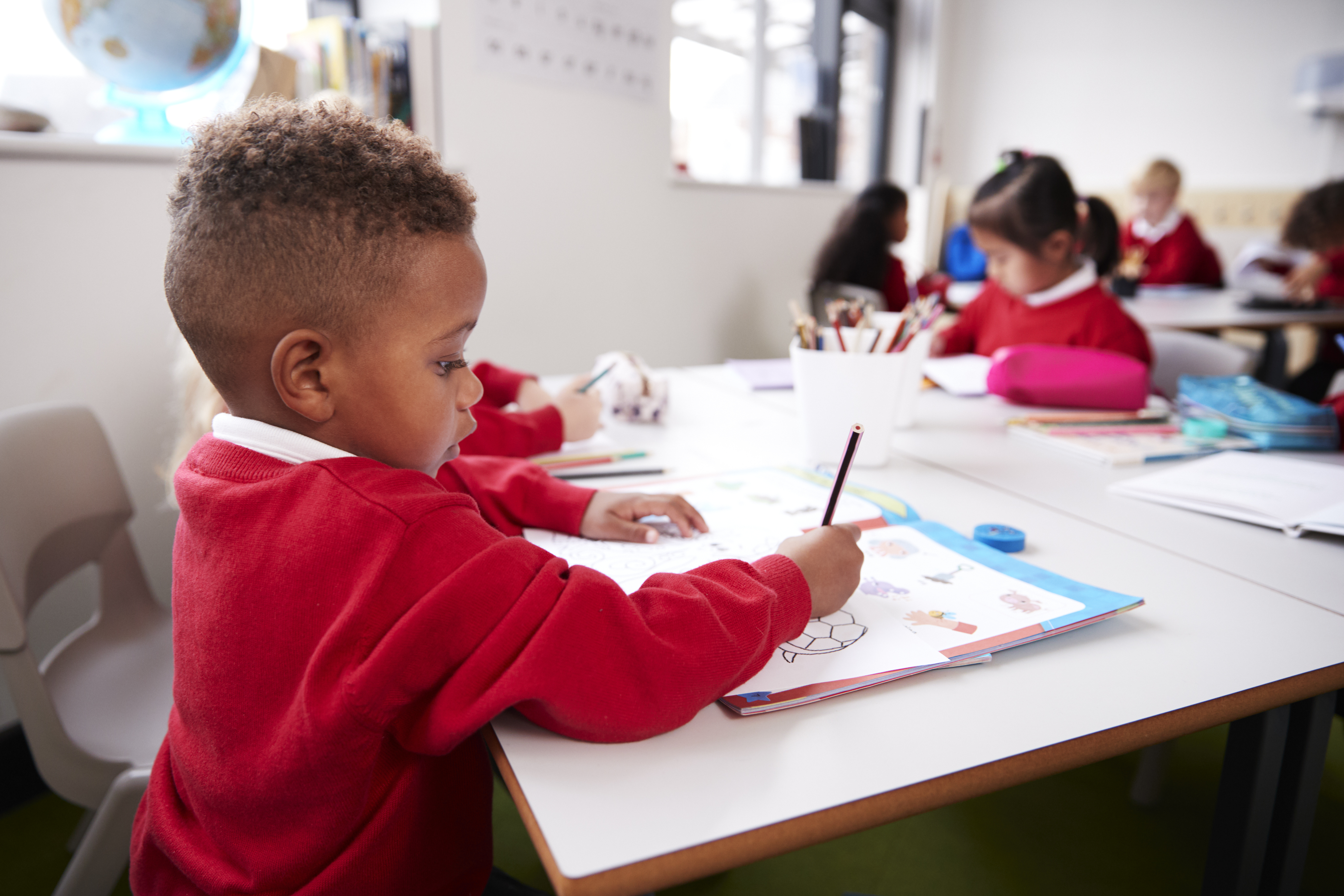Transforming Behaviour Support for a Young Child

Trauma has a profound impact upon the developing child.
It increases stress and anxiety. The overwhelming need to feel safe and be in control impacts upon a child’s ability to manage in school. Increasing understanding through neurology and the studies of epigenetics have shown that high levels of cortisol in the brain impact memory skills, social skills and emotional regulation. All the skills needed to manage and utilise all the opportunities offered in school are impaired. This can lead staff to misunderstanding the behaviours and therefore not knowing how to support the child.
This case study highlights the journey of a girl in year 4 known as Child A, she is LAC (Looked After Child) who faced numerous challenges but the school has supported her after advice from the behaviour support team.
A Troubled Beginning
Child A was placed into foster care along with her siblings five years ago. Her early years were marked by instability, including several foster care moves and a traumatic experience at Christmastime when she had to be removed from her foster home on Christmas Eve. Child A was moved out of her area to a new foster carer, separated from her siblings. Initially, her new school placement saw low-level behaviours such as distraction and attention-seeking.
Escalating Challenges
As Child A progressed to year 4, her behaviour escalated dramatically. She began running away from home, screaming, experiencing lack of sleep, and even causing physical harm to her foster carer's biological son. Her behaviour in school became increasingly difficult to manage, with episodes of extreme control, disruption, refusal, hitting, and swearing at staff. Her peers actively rejected and avoided her, further isolating her.
Intervention and Support
A referral to the Behaviour Team was actioned. After an in-depth consultation and assessment of Child A's emotional and social skills, an observation was conducted. Due to her unpredictable physical and verbal aggression, Child A was placed in a room with four adults and five children of differing needs and ages. The observation revealed directive and disruptive behaviour, emotional dysregulation, and complete refusal.
Trauma-Informed Recommendations
A comprehensive report was prepared with trauma-informed recommendations. The Behaviour Team's expertise in attachment and trauma proved invaluable, as they worked closely with Child A's social worker. In school, the Behaviour team encouraged staff to view Child A's behaviours through a lens of loss and grief, supporting her with a sensitive approach. Strategies were advised and additional considerations were highlighted including, during specific observations, hypothesising the function of her behaviour at any given time, some specific strategies to support impulse control for example breathing skills to stimulate the parasympathetic response and vagal nerve and working memory skills. Staff were supported to identify potential flooding and adjusting input as it can often mean raised anxiety in the child.
Positive Changes
The recommendations were implemented immediately by senior staff members, allowing Child A to access the classroom and build relationships with her teacher and peers.
The school reported significant improvements. Child A was moved into the classroom away from 'the hive,' where her behaviours had been escalating and impacting upon others. A second observation revealed that Child A was accessing opportunities within the classroom with a bespoke timetable, supported by a key adult. This key adult played a crucial role in regulating Child A's inner emotions and building a supportive attachment. The school also implemented staff changes and improved communication with carers, consistently responding to Child A in a supportive manner.
Building Resilience
The Behaviour Team provided information supported by up-to-date neuroscience information to enhance the key adult's understanding of approaches. The timetable was adapted to include sensory breaks with another child, fostering rapport and providing specific praise and encouragement. This proactive approach transformed reactive responses to Child A's behaviour into supportive and proactive measures.
Preparing for Transition
Moving forward, staff identified potential difficulties with transition, the school started transition work in March to help Child A gradually understand and predict changes to her new year group. This vital work aimed to prepare her for a new class teacher and classroom, building resilience and support for future transitions.
Ange Franklin, Specialist Teacher Consultant.
Ange has worked with children with behaviour that challenges for over 30 years. Ange qualified in Edinburgh as a SNNEB, working in nursery settings. After moving to England, she worked in primary schools progressing to be a qualified Teacher. Previously her role was working for NurtureUK specialising in behaviour, autism and attachment issues, across the UK. Additionally, she was a Nurturing school’s assessor and keynote speaker. Ange has a range of additional qualifications including Special Educational Needs and Inclusion BA, Senior Member Accredited Counsellors, LEGOeducation Teacher and Training with Pride instructor.
Ange was recently diagnosed with an autistic spectrum condition which provides Ange with first-hand experience of some of the barriers some children face in society.
Behaviour Support Team. Entrust
